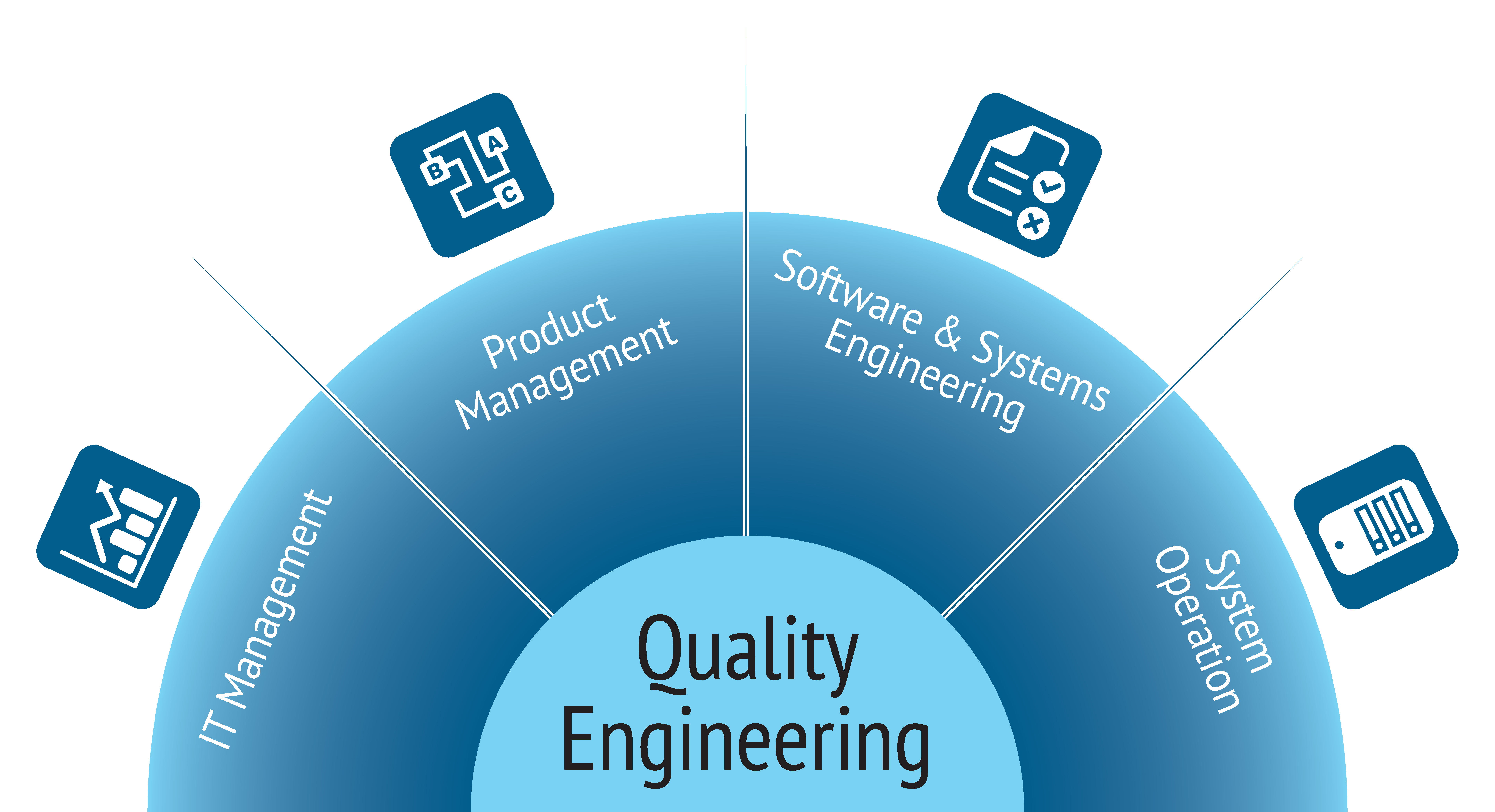Success Stories
SSAIHQ CMS Display Portlet
Success Stories
Breadcrumb
Team SSAI Reduces the Customer's Digital Footprint, while Increasing Discoverability, Accessibility, and Useability for the Customer, Stakeholders, and the Public
SSAI system engineers redesigned, re-organized, and consolidated the web presence of multiple ESDIS weekly and monthly deliverables, thereby facilitating discoverability, accessibility, and useability for the management, stakeholders, and the public.
An ESDIS civil servant expressed NASA's appreciation for the improvements when he wrote: “These look so much better on the web then pasted in a document!!”
Overview
 NASA’s Earth Science and Data Information System (ESDIS) Project is responsible for processing, archiving, and distributing Earth science data and data products; ensuring that the data is discoverable, accessible, and useable; and collecting metrics to assess user satisfaction and identify areas that require improvement. Metrics are collected from various sources and, until recently, were made available to ESDIS Management, stakeholders, and the public through an expansive and multi-site web presence, in multiple and inconsistent formats. Recognizing an opportunity for improvement, SSAI’s system engineers supporting ESDIS created two metrics repositories and one new datasets repository to house the information by category, established formatted templates for metrics report generation, and implemented the repositories in a centralized location that is available to the public without log-in or
NASA’s Earth Science and Data Information System (ESDIS) Project is responsible for processing, archiving, and distributing Earth science data and data products; ensuring that the data is discoverable, accessible, and useable; and collecting metrics to assess user satisfaction and identify areas that require improvement. Metrics are collected from various sources and, until recently, were made available to ESDIS Management, stakeholders, and the public through an expansive and multi-site web presence, in multiple and inconsistent formats. Recognizing an opportunity for improvement, SSAI’s system engineers supporting ESDIS created two metrics repositories and one new datasets repository to house the information by category, established formatted templates for metrics report generation, and implemented the repositories in a centralized location that is available to the public without log-in or
permission restrictions.
Results
To consolidate the web presence and facilitate discoverability, accessibility, and useability, SSAI system engineers created three new products: “ESDIS Weekly Metrics,” “ESDIS Monthly Metrics,” and “New EOSDIS Datasets.”
ESDIS Weekly Metrics consist of graphs, tables, and charts that depict trends for ESDIS Data Providers, including NASA’s Earth Observing System Data and Information System (EOSDIS), Land Atmosphere Near real-time Capability for EOS (LANCE), and the Global Imagery Browse Services (GIBS). Originally, ESDIS Weekly Metrics were submitted and posted to the ESDIS Wiki, which required users to have both a Wiki log-in and special permissions to view the reports. With the development of this product, the metrics are retrieved from the Wiki, organized into a pre-defined template, and published on Earthdata.nasa.gov, where they are publicly accessible without a log-in or additional permissions. In addition to making the data easily accessible to stakeholders and the public, this product also enabled ESDIS Management to effortlessly share these metrics reports with NASA headquarters.
 ESDIS Monthly Metrics are derived from the ESDIS Metrics System (EMS) and offer insight into the quantity of delivered EOSDIS products; accumulated data archive volume; distribution trends, volume, and product counts; and the number of minted Digital Object Identifiers (DOIs). Originally, this data was available only to ESDIS Management, as a PowerPoint presentation delivered directly to Management on a monthly basis. Compliments of this new product, after the data is retrieved from EMS, graphs, tables, and charts are formatted into a pre-defined template on Earthdata.nasa.gov, where six-month trends are available for analysis. As with the ESDIS Weekly Metrics, this data can now be easily viewed by anyone, as no log-in or special permissions are required.
ESDIS Monthly Metrics are derived from the ESDIS Metrics System (EMS) and offer insight into the quantity of delivered EOSDIS products; accumulated data archive volume; distribution trends, volume, and product counts; and the number of minted Digital Object Identifiers (DOIs). Originally, this data was available only to ESDIS Management, as a PowerPoint presentation delivered directly to Management on a monthly basis. Compliments of this new product, after the data is retrieved from EMS, graphs, tables, and charts are formatted into a pre-defined template on Earthdata.nasa.gov, where six-month trends are available for analysis. As with the ESDIS Weekly Metrics, this data can now be easily viewed by anyone, as no log-in or special permissions are required.
Finally, New EOSDIS Datasets was designed to consolidate weekly dataset releases into one monthly release. Until this new product was implemented, weekly releases, each with their own web page, had been delivered to ESDIS since 2015, which left a heavy digital footprint. By consolidating the EOSDIS Data News weekly product into monthly products back to 2017, 175 web pages were reduced to 49, providing a more manageable and searchable configuration.
While the public and the stakeholders unquestionably benefited from the new product designs, NASA Management also expressed their appreciation for the substantial increase in discoverability, accessibility, and useability of these metrics, as well for their aesthetic appeal. An ESDIS civil servant summed it up nicely when he wrote the following to an SSAI system engineer: “These look so much better on the web then pasted in a document!!” We couldn’t agree more!

